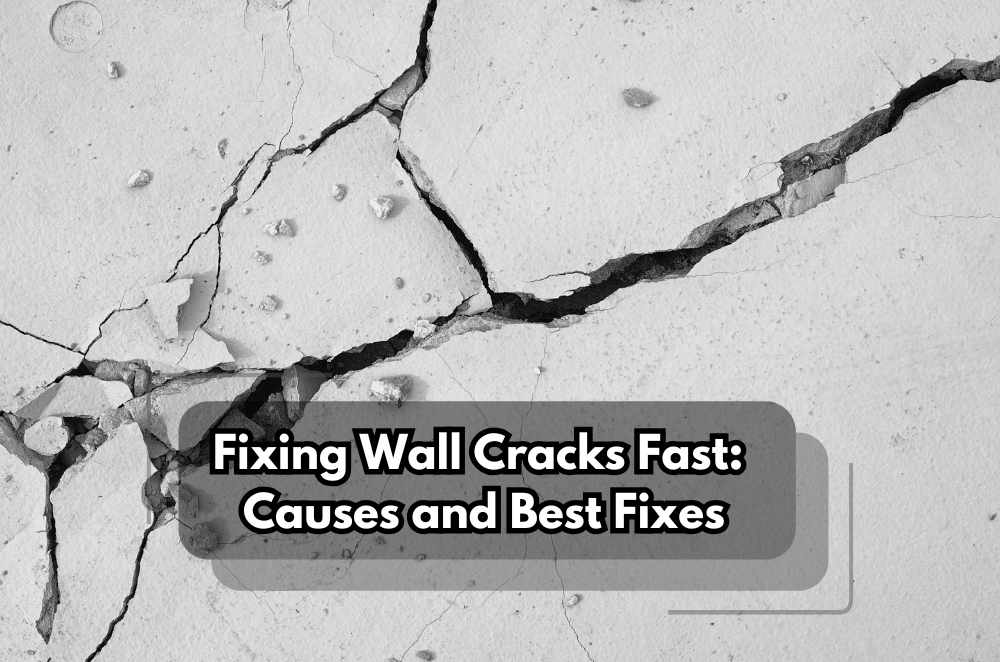
Small cracks rarely feel urgent until they widen, creep across ceilings, or reappear after another slap of filler. That’s the wall talking. Sometimes it’s harmless shrinkage; sometimes there’s movement, moisture, or pressure from soggy soil. The trick is knowing which is which before patching over clues. Start by watching change, not just appearance. Photograph, measure, and note seasons. If the line continues to grow, bring in a steady hand. Need affordable wall crack repair services? Jims Rendering Sydney has specialists on call. That one step — recording and booking — can stop little problems maturing into expensive ones. We prefer fixes: cause first, then materials matched to building movement that lasts.
What does a wall crack signal?
Often, minor shrinkage occurs; however, issues with footing or moisture may also arise. Shape, width, and location are your first clues.
Hairline “map” patterns usually point to drying shrinkage and temperature swings. Diagonal or stepped runs near corners may hint at settlement. Long horizontals can relate to soil pressure or saturated ground after storms. Track changes, not just appearance, and keep water away from footings with clear gutters and a decent site slope. Fresh renovations can craze as render cures; that’s cosmetic if it stabilises. Are doors sticking or rapidly widening? Escalate calmly.
Quick checks
• Measure width monthly with dated photos
• Note direction (vertical, horizontal, stepped)
• Watch after heavy rain or heatwaves
• Log nearby digging, loads, or vibrations
When you do choose a rendering or finishing system, align the preparation and product with the climate exposure. For a practical overview of selection and sequencing, consider how cement render components, preparation, base coats, mesh, and finish coats work together across various substrates.
Which repairs actually last?
The ones that treat the cause and the crack. Control moisture, then bond, reinforce, and finish with compatible materials.
Start by stabilising conditions: drainage, downpipes, grading, and ventilation. Inside, chase out the line, clean dust, prime, and use fillers or repair mortars matched to the substrate’s movement. On masonry, stitching with helical bars spreads loads; in rendered areas, mesh over the line and honour expansion joints so normal movement doesn’t reopen the scar. Finish with elastic coatings so tiny shifts don’t print through. Timing matters: avoid wet weeks and active movement.
Repair sequence
• Stabilise moisture before patching
• Bond edges and use compatible fillers
• Add mesh/bars across high-stress zones
• Finish with flexible, UV-stable coatings
We monitor for a season when movement has been significant, then finish. If cracks cross materials (e.g., brick to lintel, wall to ceiling) or continue to widen, a structural engineer’s calm assessment beats guesswork and saves rework.
What’s the bottom line on cracks?
Most are manageable with steady monitoring and targeted repairs. Persistent movement needs expert eyes early.
We work in a simple order: document, stabilise, then repair. Keep stormwater away from footings, fix leaky gutters, and avoid loading up freshly patched areas too soon. Materials should suit the substrate and local conditions, flexible where movement is required, cementitious where rigidity is needed, breathable where moisture needs to pass. Keep records with photos and dates so you can prove stabilisation before finishing; that history stops you repainting the same line every summer. If you notice urgent signs of a wall crack, such as rapid widening of the crack, binding doors, or water leaks, stop making simple repairs. You must call an engineer immediately and plan for structural reinforcement, not just filler and paint.

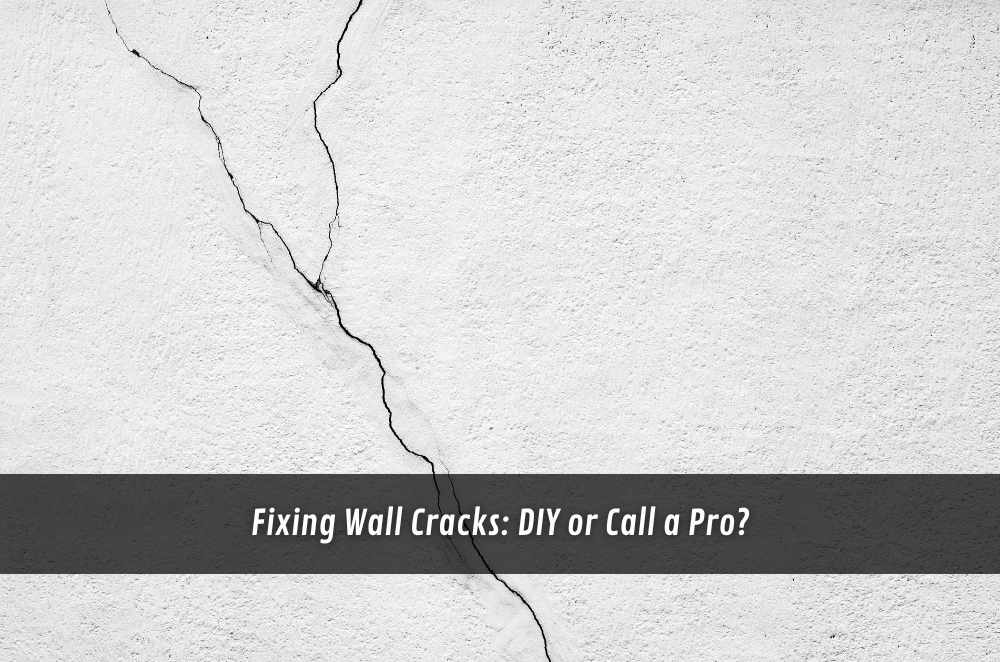

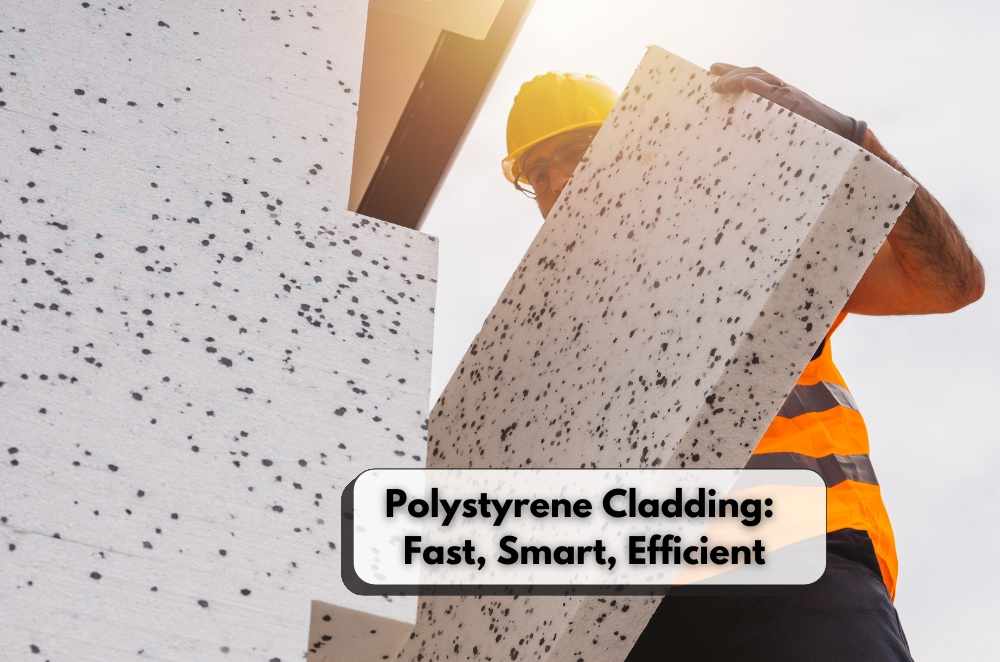
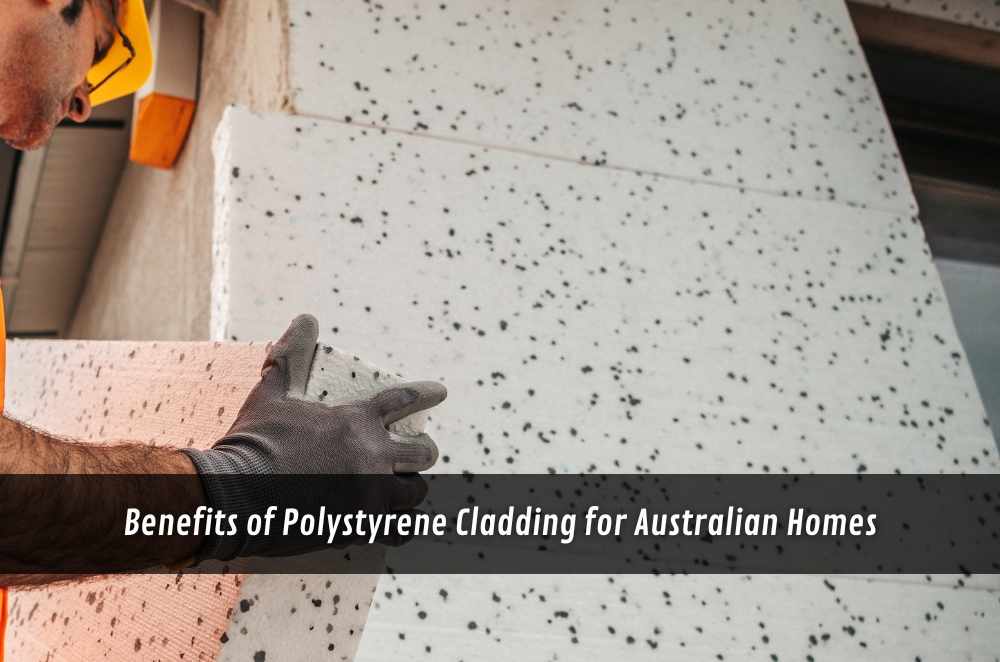
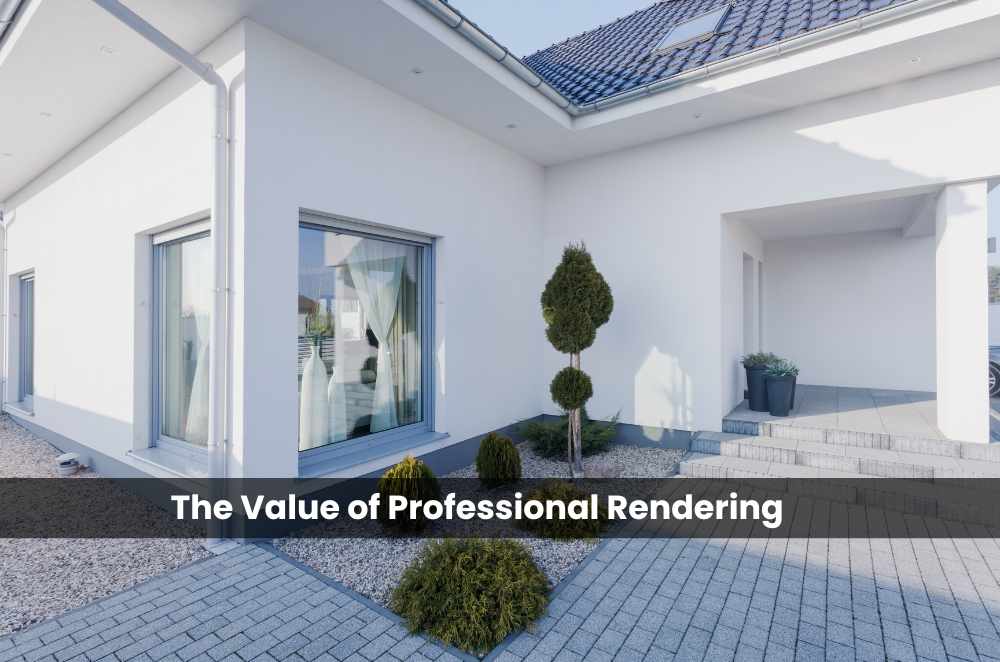







Write a comment ...